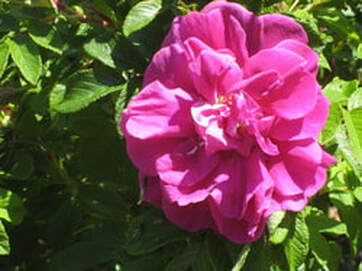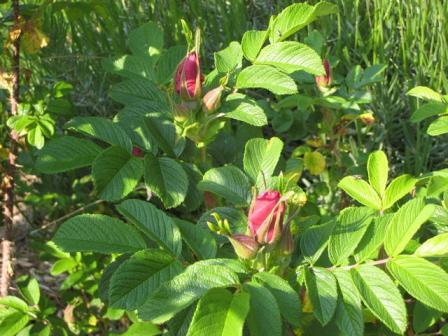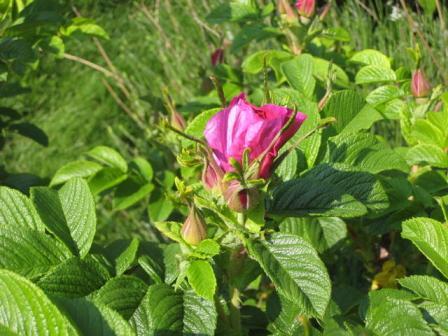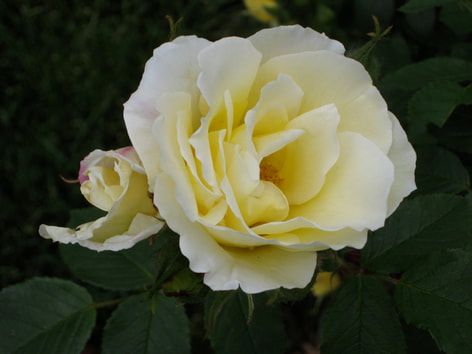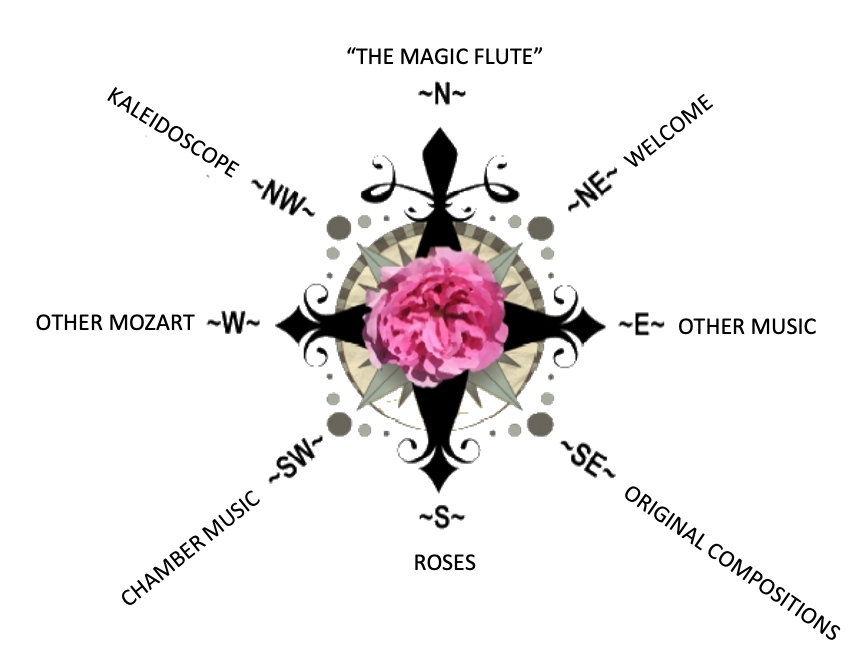- Home
- N - The Magic Flute
- NE - Welcome!
-
E - Other Music
- E - Music Genres >
- E - Composers >
-
E - Extended Discussions
>
- Allegri: Miserere
- Bach: Cantata 4
- Bach: Cantata 8
- Bach: Chaconne in D minor
- Bach: Concerto for Violin and Oboe
- Bach: Motet 6
- Bach: Passion According to St. John
- Bach: Prelude and Fugue in B-minor
- Bartok: String Quartets
- Brahms: A German Requiem
- David: The Desert
- Durufle: Requiem
- Faure: Cantique de Jean Racine
- Faure: Requiem
- Handel: Christmas Portion of Messiah
- Haydn: Farewell Symphony
- Liszt: Évocation à la Chapelle Sistine"
- Poulenc: Gloria
- Poulenc: Quatre Motets
- Villa-Lobos: Bachianas Brazilieras
- Weill
-
E - Grace Woods
>
- Grace Woods: 4-29-24
- Grace Woods: 2-19-24
- Grace Woods: 1-29-24
- Grace Woods: 1-8-24
- Grace Woods: 12-3-23
- Grace Woods: 11-20-23
- Grace Woods: 10-30-23
- Grace Woods: 10-9-23
- Grace Woods: 9-11-23
- Grace Woods: 8-28-23
- Grace Woods: 7-31-23
- Grace Woods: 6-5-23
- Grace Woods: 5-8-23
- Grace Woods: 4-17-23
- Grace Woods: 3-27-23
- Grace Woods: 1-16-23
- Grace Woods: 12-12-22
- Grace Woods: 11-21-2022
- Grace Woods: 10-31-2022
- Grace Woods: 10-2022
- Grace Woods: 8-29-22
- Grace Woods: 8-8-22
- Grace Woods: 9-6 & 9-9-21
- Grace Woods: 5-2022
- Grace Woods: 12-21
- Grace Woods: 6-2021
- Grace Woods: 5-2021
- E - Trinity Cathedral >
- SE - Original Compositions
- S - Roses
-
SW - Chamber Music
- 12/93 The Shostakovich Trio
- 10/93 London Baroque
- 3/93 Australian Chamber Orchestra
- 2/93 Arcadian Academy
- 1/93 Ilya Itin
- 10/92 The Cleveland Octet
- 4/92 Shura Cherkassky
- 3/92 The Castle Trio
- 2/92 Paris Winds
- 11/91 Trio Fontenay
- 2/91 Baird & DeSilva
- 4/90 The American Chamber Players
- 2/90 I Solisti Italiana
- 1/90 The Berlin Octet
- 3/89 Schotten-Collier Duo
- 1/89 The Colorado Quartet
- 10/88 Talich String Quartet
- 9/88 Oberlin Baroque Ensemble
- 5/88 The Images Trio
- 4/88 Gustav Leonhardt
- 2/88 Benedetto Lupo
- 9/87 The Mozartean Players
- 11/86 Philomel
- 4/86 The Berlin Piano Trio
- 2/86 Ivan Moravec
- 4/85 Zuzana Ruzickova
-
W - Other Mozart
- Mozart: 1777-1785
- Mozart: 235th Commemoration
- Mozart: Ave Verum Corpus
- Mozart: Church Sonatas
- Mozart: Clarinet Concerto
- Mozart: Don Giovanni
- Mozart: Exsultate, jubilate
- Mozart: Magnificat from Vesperae de Dominica
- Mozart: Mass in C, K.317 "Coronation"
- Mozart: Masonic Funeral Music,
- Mozart: Requiem
- Mozart: Requiem and Freemasonry
- Mozart: Sampling of Solo and Chamber Works from Youth to Full Maturity
- Mozart: Sinfonia Concertante in E-flat
- Mozart: String Quartet No. 19 in C major
- Mozart: Two Works of Mozart: Mass in C and Sinfonia Concertante
- NW - Kaleidoscope
- Contact
RUGOSA ROSES
If any rose could mark the explosive development of rose culture in the 19th century, this is it. The term “roseraie” means simply “rose garden”, but with heightened connotations of a display garden of some distinction. The term “l’Haÿ is the original name of a town about 8 km south of Paris, where in 1892 Jules Gravereaux acquired a large piece of land that he devoted to growing his collection of roses. He was assisted by horticulturists and particularly by the landscape architect Edouard André (1840-1911), who designed the garden. The result was an incomparable roseraie, the first of its kind, which today is “the world’s oldest existing garden devoted exclusively to roses.” It was recognized by the World Federation of Rose Societies with their Award of Merit.
Gravereaux’s intention originally was to assemble the greatest possible number of rose varieties so as to study and cultivate them. Botanists and horticulturists assisted him in formalizing descriptive terms of roses and establishing the classification of the genus Rosa; he also created a number of commercial hybrids, of which ROSERAIE de l’HAŸ is one. Gravereaux’s first catalog, in 1900, listed 3000 varieties cultivated at l’Haÿ; the second listed 7000 varieties.
In 1910, the town of l’Haÿ recognized the importance of this world-renown garden by formally changing its name to l’Haÿ-les-Roses, in the Val-de-Marne district.
Gravereaux’s intention originally was to assemble the greatest possible number of rose varieties so as to study and cultivate them. Botanists and horticulturists assisted him in formalizing descriptive terms of roses and establishing the classification of the genus Rosa; he also created a number of commercial hybrids, of which ROSERAIE de l’HAŸ is one. Gravereaux’s first catalog, in 1900, listed 3000 varieties cultivated at l’Haÿ; the second listed 7000 varieties.
In 1910, the town of l’Haÿ recognized the importance of this world-renown garden by formally changing its name to l’Haÿ-les-Roses, in the Val-de-Marne district.
If any rose could mark the explosive development of rose culture in the 19th century, this is it. The term “roseraie” means simply “rose garden”, but with heightened connotations of a display garden of some distinction. The term “l’Haÿ is the original name of a town about 8 km south of Paris, where in 1892 Jules Gravereaux acquired a large piece of land that he devoted to growing his collection of roses. He was assisted by horticulturists and particularly by the landscape architect Edouard André (1840-1911), who designed the garden. The result was an incomparable roseraie, the first of its kind, which today is “the world’s oldest existing garden devoted exclusively to roses.” It was recognized by the World Federation of Rose Societies with their Award of Merit.
Gravereaux’s intention originally was to assemble the greatest possible number of rose varieties so as to study and cultivate them. Botanists and horticulturists assisted him in formalizing descriptive terms of roses and establishing the classification of the genus Rosa; he also created a number of commercial hybrids, of which ROSERAIE de l’HAŸ is one. Gravereaux’s first catalog, in 1900, listed 3000 varieties cultivated at l’Haÿ; the second listed 7000 varieties.
In 1910, the town of l’Haÿ recognized the importance of this world-renown garden by formally changing its name to l’Haÿ-les-Roses, in the Val-de-Marne district.
Gravereaux’s intention originally was to assemble the greatest possible number of rose varieties so as to study and cultivate them. Botanists and horticulturists assisted him in formalizing descriptive terms of roses and establishing the classification of the genus Rosa; he also created a number of commercial hybrids, of which ROSERAIE de l’HAŸ is one. Gravereaux’s first catalog, in 1900, listed 3000 varieties cultivated at l’Haÿ; the second listed 7000 varieties.
In 1910, the town of l’Haÿ recognized the importance of this world-renown garden by formally changing its name to l’Haÿ-les-Roses, in the Val-de-Marne district.
Quick Links to Cross Reference Rose Classifications and Names
Choose Your Direction
The Magic Flute, II,28.


